Description
Introduction of Corrosion Coupons in Pipelines
Corrosion coupons in pipelines aren’t just affordable; they’re also a powerful tool for tracking corrosion rates in any structure or system. Yet, getting meaningful results isn’t always as simple as it sounds. Things like the surface finish of your coupon, where you place it, and how long you leave it in place can seriously affect the quality of your data.
Corrosion coupon testing is an in-line monitoring method. You place the coupons right in the process stream and later take them out for measuring. It gives you a direct measure of metal loss, which lets you calculate the general corrosion rate. The cool thing about using corrosion coupons is that your results don’t depend on the phase of the environment where you do the measurement.
So, why should you use corrosion coupon testing? Here are a few reasons:
- It’s simple to understand and apply.
- You get to keep the specimens for post-test examinations.
- It lets you compare different alloys and inhibitors.
- It assesses all forms of corrosion.
- And it’s low-cost.
Corrosion Coupons in pipelines are primarily utilized to measure general corrosion rates through weight loss analysis, but they are also versatile tools for studying various other forms of corrosion. For instance, crevice corrosion can be simulated using special washers or spacers that create partial blockages on the coupon’s surface, restricting exposure to the liquid. Pitting corrosion, which involves localized attacks on the metal surface, can be visually assessed or analyzed under a microscope, and it is advantageous to use coupons with larger surface areas as the likelihood of pit formation increases proportionally.
To study galvanic corrosion, coupons made from different alloys can be placed in electrical contact, highlighting the electrochemical interactions between dissimilar metals. Additionally, special-shaped coupons such as C-rings and U-bends are effective for investigating stress corrosion cracking, a type of corrosion that results from the combined influence of tensile stress and a corrosive environment. Moreover, coupons designed with various hole diameters are useful for visually assessing the extent and severity of scaling, which can severely affect equipment performance and longevity.
Parameters of the Corrosion Coupons
| Name | EMT-CI Corrosion Coupons Assess Fitting For Pipeline Test | |
| Material | 304SS、316SS、DSS F51、DSS F53、 DSS F55、Carbon Steel A105N、Inconel 625 | |
| Operating Temperature | from -20 to 120 ℃ | |
| Feature | Firstly, it is easy to operate | |
| Secondly, High Accuracy and long life | ||
| At last, High efficiency and low cost | ||
| Payment | TT/LC | |
| Advantage | First, they are lightweight and flexible | |
| Second, nice injection efficiency | ||
| At last, accurate location tracking |
Factors Affecting Corrosion in Subsea Pipeline
1. Salt Content: Seawater is salty, a lot saltier than most other waters. This saltiness affects the ability of the water to carry electricity and the amount of oxygen it holds. Both of these things influence how quickly metals corrode in the water.
2. Dissolved Oxygen: Oxygen plays a big part in how fast things rust. The more oxygen there is in the water, the faster metals can corrode. Seawater, especially at the surface, tends to have a lot of oxygen because it’s always mixing with the air.
3. Temperature: Another player in this game is temperature. Warmer water can speed up corrosion, but it also holds less oxygen. So, when the water gets hotter, there’s a bit of a tug-of-war between these two effects. And don’t forget, warmer water can also change the behavior of sea creatures and the buildup of certain deposits on metal.
4. pH Level: The pH level of seawater is pretty close to neutral—not too acidic or too alkaline. But as you go deeper, the pH drops a bit. While pH isn’t as big a factor as oxygen in causing corrosion, it does influence certain processes that can protect against corrosion.
5. Flow Rate: How fast the water moves can affect corrosion. If the water is moving quickly, it can bring more oxygen to the metal, speeding up corrosion. But for materials that form a protective layer, faster water can actually help keep them from corroding.
6. Marine Life: Lastly, we have to consider the tiny organisms living in the sea. These little creatures can produce chemicals that speed up corrosion. Interestingly, in areas where the seafloor is muddy and there’s not much oxygen, there’s usually less corrosion. But where there’s a lot of organic stuff and certain bacteria, corrosion can be even faster than in normal seawater.

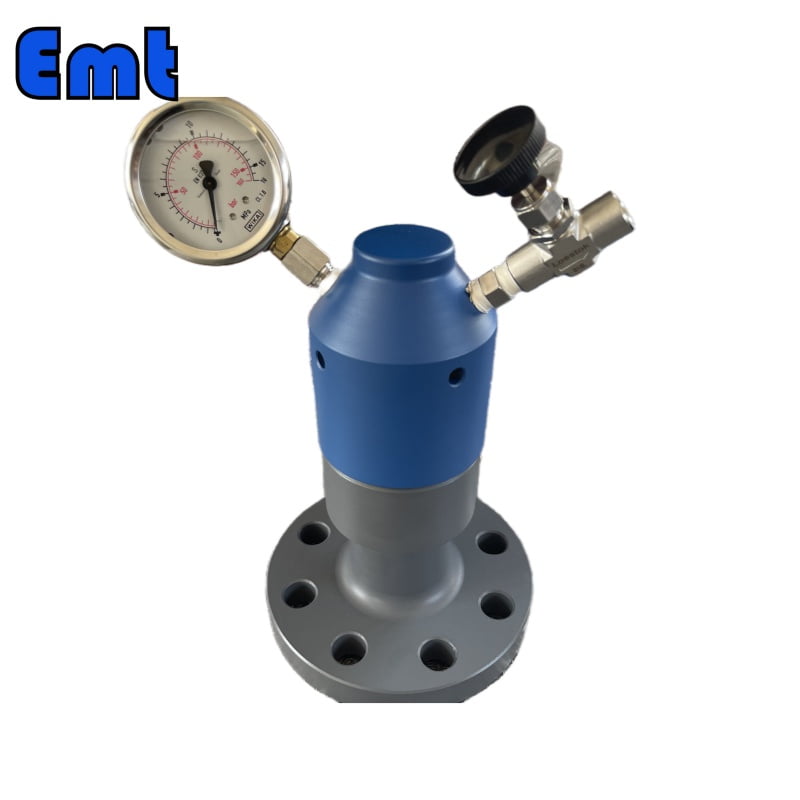
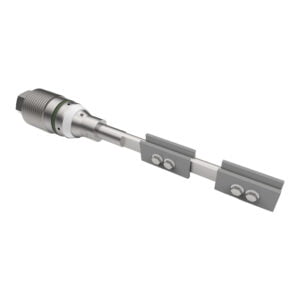
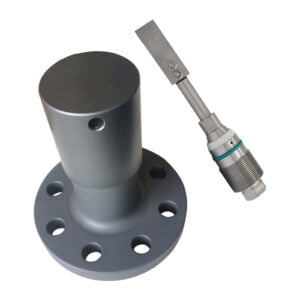
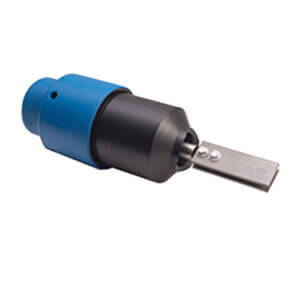
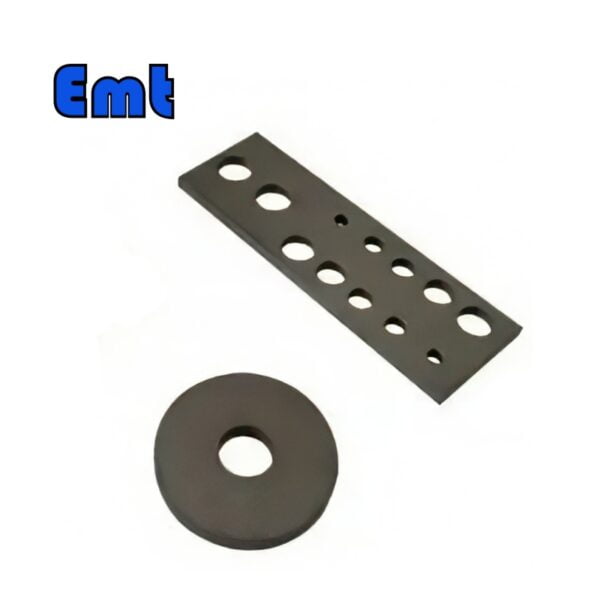
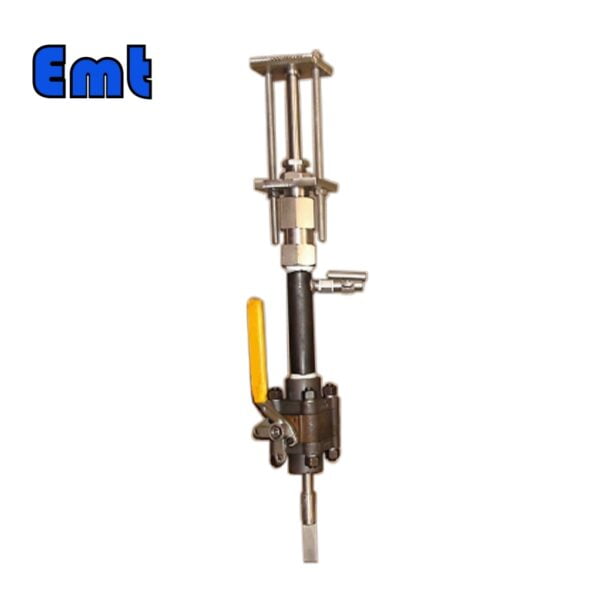
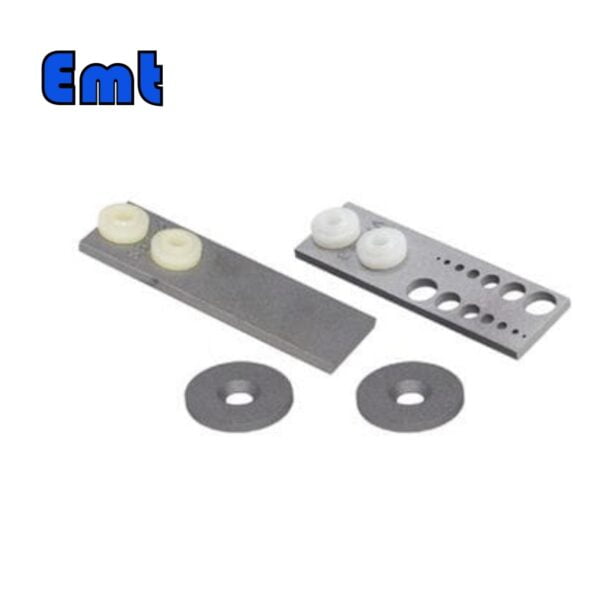

Reviews
There are no reviews yet.